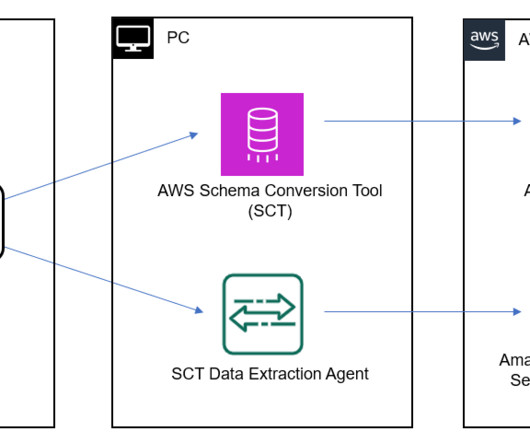What’s the Difference Between Business Intelligence and Business Analytics?
Sisense
AUGUST 11, 2019
BA is a catch-all expression for approaches and technologies you can use to access and explore your company’s data, with a view to drawing out new, useful insights to improve business planning and boost future performance. See an example: Explore Dashboard. Business Analytics is One Part of Business Intelligence. Confused yet?














Let's personalize your content